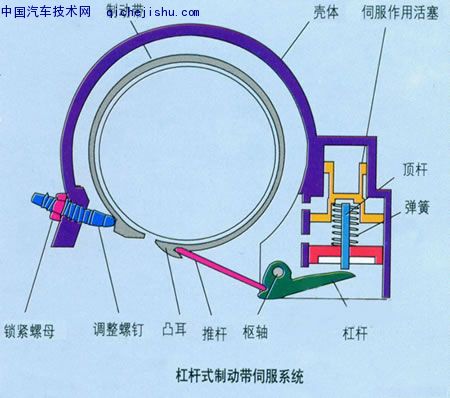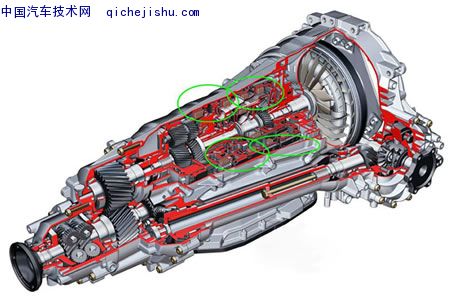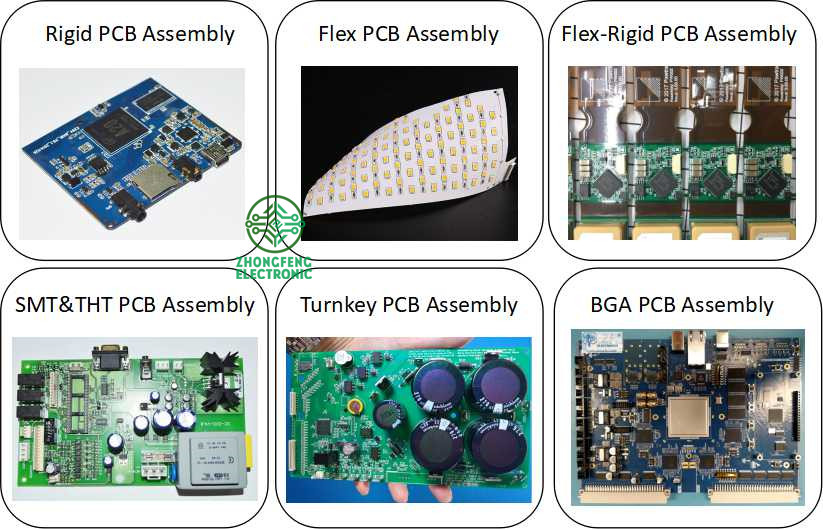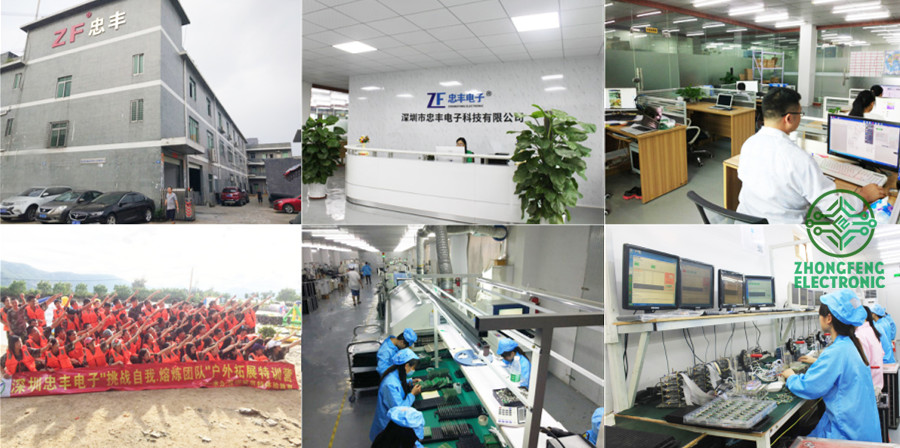Working principle of automatic transmission
Although there are many models on the market and many types of automatic transmissions, the control and use methods are similar. A few years ago, the most common among domestic cars was the 4 front speed automatic transmission. Now many models are updated and equipped with 5 front speed automatic transmission. The Audi A4 is even equipped with 6 front speed automatic transmission.The automatic transmission seems to be complicated. In fact, as long as we understand the mysteries of some of the simple parameters, when buying a car, the quality of the automatic transmission can be seen at a glance. The most important parameter of an automatic transmission is the number of gears. Anyone who has driven a car can understand this, and anyone is willing to drive a car with many gears. If there are more gears, the transmission and engine power will be more closely matched, and the performance of the engine can be better played. But looking at the number of gears is not enough. In fact, the number of gears in an automatic transmission is not the core of the technology, because simply increasing the planetary gear set can increase the gears. Like Mercedes-Benz, Volvo's commercial trucks, some even have more than 20 gears. The technical core of the automatic transmission is its control mechanism. Because of a good automatic transmission, its shift quality must be characterized by fast response speed and small shift shock. And all this needs to be achieved by designing and improving the control mechanism with excellent performance.
Automatic transmissions use different hydraulic multi-plate clutches and brakes to limit or connect certain gears in the planetary gear set to obtain different transmission ratios. Therefore, the quality of the shift is directly related to these clutches and brakes. Depending on the grade of the car, for cost reasons, the control mechanism of the automatic transmission of the economical car is usually designed to be very simple. As shown:


Early automatic transmissions were usually mechanically controlled, with at most a small number of electronic systems to assist. The mechanical automatic transmission hydraulic oil circuit has a complicated structure, high cost, and poor durability, requires frequent maintenance, and the maintenance cost is surprisingly high. Modern automatic transmissions have basically adopted an electro-hydraulic integrated design. In fact, this is not the case with single transmissions. Many automated designs now use an electro-hydraulic integrated design. The so-called electro-hydraulic integration refers to the electronic way to control the hydraulic oil circuit. In this way, various complicated hydraulic control valves and control pipelines are omitted, and the hydraulic valves are directly replaced with solenoid valves. The biggest advantage of solenoid valve is that it is easy to arrange, high reliability and response speed. We can imagine that it is easier to lay out complex hydraulic circuits or wires? The answer is of course the latter. In addition to the above advantages, the electro-hydraulic integrated variable speed control has a great advantage in that the control method is more intelligent. Because the solenoid valve is directly connected to the driving computer, the computer can easily adjust the control method according to the various states of the car. Unlike pure hydraulic control, the control mode is fixed. Therefore, in many vehicles equipped with an electro-hydraulic integrated automatic transmission, there are economic mode, sports mode, and snow mode to choose from. In the economic mode, the computer-controlled transmission shifts at a low speed to achieve fuel-saving purposes; in the sports mode, the computer-controlled transmission shifts at a high speed to exert the power performance of the engine; in the snow mode, the computer-controlled automatic transmission directly uses 2 gears Start off to avoid runaway due to tire slippage. Therefore, this electro-hydraulic controlled automatic transmission feels very intelligent and very obedient. All these control modes only need to modify the computer program, and no hardware changes are required, so the cost is lower than the traditional automatic transmission, but the performance is higher.

Custom PCB Assembly = Custom Printed Circuit Board Assembly, which means the PCB Board is customized as the customer required and designed. Zhongfeng would manufacture the PCB boards follow the design file, source the components follow the BOM file and do the PCB Assembly job follow the assembly drawing and the pick&place file. After PCB assembly done, the components would be mounted on the PCB boards tightly and connected each other through the copper circuits. We call such board as PCBA board or custom PCBA board.
Depends on the components assembly types, it have THT PCB assembly, SMT PCB Assembly , one sided SMT and THT PCB assembly, two sided SMT and THT PCB assembly.
Depends on the PCB type, it have Rigid PCB Assembly , Flex PCB Assembly and Flex-Rigid PCB Assembly.
Also we would call some PCB assembly types as Prototype PCB Assembly, Mass PCB Assembly , Turnkey PCB Assembly, LED PCB Assembly and BGA PCB Assembly , etc.
With our 15years professional experience, we are available for all types of PCB assembly service from prototype to mass production, available for 01005, 0201, 0.3mm BGA, 0.3mm QFP.
PCB Assembly Capabilities
|
Quantity |
1 pcs - 1,000,000 pcs |
|
Assembly type |
SMT, THT or Hybrid |
|
Parts procurement |
Full turnkey (ZhongFeng provide all components) |
|
Partial turnkey ( Customer provide the main components and ZhongFeng provide the rest) |
|
|
Kitted (Customer provide all components) |
|
|
Component types |
SMT 01005, 0201, BGA 0.3mm pitch, QFP 0.3mm pitch, etc. |
|
Test |
Visual Inspection, AOI, Custom testing, ICT, FCT, Test jig |
PCB Assembly Products Show

PCB SMT Assembly Factory Show


Custom PCB Assembly
Custom PCB Assembly,Circuit Board PCB Assembly,Surface Mount PCB Assembly,Quick PCB Assembly
ZhongFeng Electronic Technology Co., Limited , https://www.dopcba.com